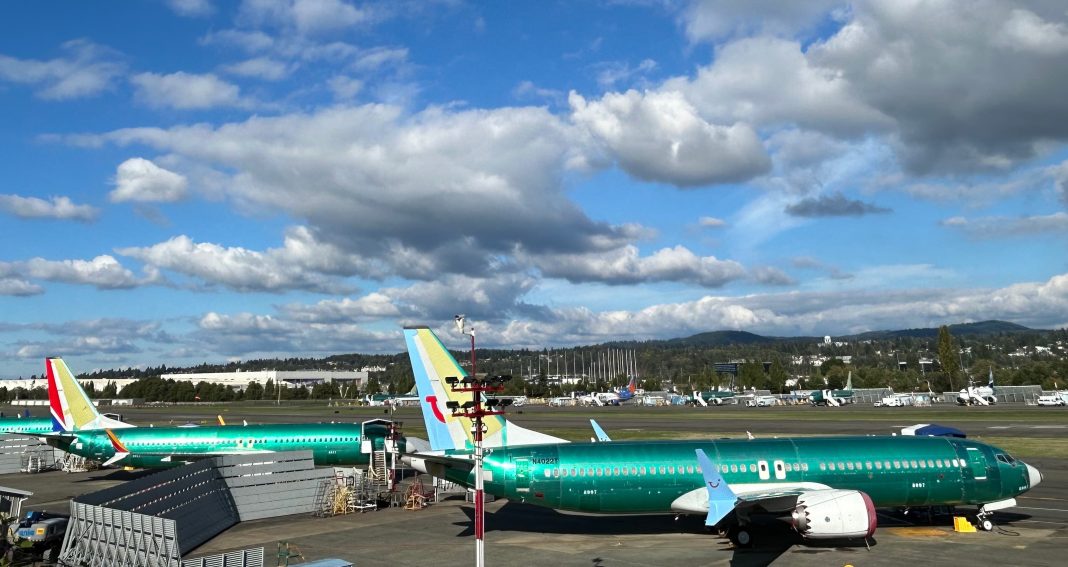Boeing, a name synonymous with commercial aviation, finds itself navigating turbulent skies as it grapples with labor strikes and production challenges. In September, the aerospace giant delivered 33 aircraft—an increase of six compared to the same month last year. However, despite this slight uptick, Boeing’s year-to-date delivery figures paint a less optimistic picture. By the end of September, the company had handed over only 291 aircraft, a significant drop from the 371 delivered during the same period in 2022. This disparity highlights the intricate dance Boeing must perform to balance production schedules and labor relations while competing against rival Airbus, which delivered an impressive 447 aircraft through August 2023.
At the heart of Boeing’s current predicament is the ongoing strike by machinists, which has stretched into its fourth week. This strike began on September 13, sparked by workers’ rejection of a tentative agreement between the company and their union. As negotiations continue, the stakes are high. The impact of this labor disruption is palpable, especially since Boeing has already absorbed a staggering $8 billion in losses this year. This financial strain is exacerbated by the fact that customers typically pay the bulk of an aircraft’s price upon delivery, making timely production and delivery essential for cash flow.
Among the 33 aircraft delivered in September, 27 were Boeing’s flagship 737 Max jets, a model that has generated significant sales for the company. Notable customers included United Airlines, which received five jets, and both Ryanair and Southwest Airlines, each taking three. It’s worth noting that all but 10 of these deliveries occurred before the strike commenced, underscoring the urgency for Boeing to ramp up production once negotiations are resolved. Analyst Sheila Kahyaoglu from Jefferies anticipates that if the strike ends soon, Boeing could manage a production rate of 25 Max aircraft per month. However, any plans to escalate production to 38 jets monthly may face a delay of up to a year.
Boeing’s quarterly results, set to be released on October 23, will provide further insight into the financial ramifications of the strike and the broader challenges the company faces. Additionally, September saw the delivery of four 787 Dreamliners, produced in Boeing’s nonunion facility in South Carolina, which serves as a strategic buffer in times of labor unrest.
The company is not only dealing with labor issues but also recovering from a significant operational setback earlier this year. In January, a near-catastrophe involving a 737 Max 9 raised alarms when a door plug blew out due to missing critical bolts. This incident not only rattled confidence in the aircraft but also added layers of complexity to Boeing’s already precarious situation.
With a backlog of 5,456 aircraft orders, the potential for recovery remains. However, the current labor strife and production constraints are crucial factors that could determine Boeing’s trajectory in the coming months. As the aerospace sector continues to evolve, the interplay between labor relations, production capabilities, and market demand will be pivotal in shaping Boeing’s future operations and financial health.
In summary, while Boeing’s recent uptick in aircraft deliveries offers a glimmer of hope, the broader context reveals a company at a crossroads. As it works to resolve union disputes and restore production levels, industry experts and stakeholders alike will be watching closely to see how Boeing navigates these turbulent waters. The resilience and adaptability of this iconic manufacturer will undoubtedly be tested in the months to come.

